Posted by Olivia Ewing on 8th Aug 2022
View Post
THE PLEASING SPIRITUAL MEANING OF THE PERIDOT GEMSTONE EXPLAINED
If you were to enter a room and hear others talking about a vibrant green stone, you would be forgiven for believing that they were speaking about the emerald. Peridot, after all, is also commonly called the "Poor Man's Emerald" or the "Evening Emerald". However, these names prove a great injustice to the peridot stone.
Peridot has its own unique qualities that make it stand out from other green gemstones. While it does have similar properties to the emerald, they are not interchangeable. With its own special properties and spiritual meanings, peridot deserves its own name and identity.
WHAT IS THE PERIDOT GEMSTONE?

Peridot is the name of gem-quality olivine which is a silicate mineral found in both meteorites of outer space and within the earth's crust. That's right, the peridot is truly out of this world!
HOW IS A PERIDOT STONE FORMED?

This precious stone is created when olivine experiences high-pressure metamorphism during tectonic activity. Tectonic activity can include mountain building or volcanism, which are caused by the movement of plates beneath the Earth's surface.
When olivine experiences this high pressure, it's transformed into peridotite (olivine with some other minerals). These rocks can be brought up closer to the surface through volcanic activity, where they're exposed to more heat and pressure. The result is a greenish-yellow stone with an emerald-like luster called peridot!
Peridot is formed on both Mars and the Moon in much of the same process. On Mars, an outcropping of Peridot stones is believed to have been formed around 3.6 billion years ago when an asteroid collided with the red planet to create this green stone.
FROM ANCIENT TIMES TO MODERN DAY: A PERIDOT HISTORY
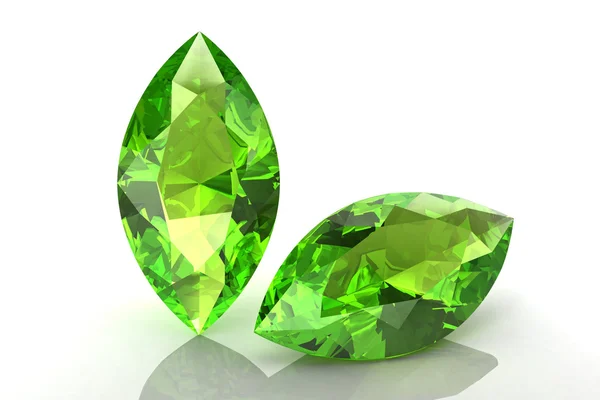
ANCIENT EGYPT
Peridot is one of those gems that have been around for ages. In fact, the Ancient Egyptians were such huge fans of it that they kept the island in the Red Sea—Zebargad or St. John's Island—where peridot was first found, a secret for centuries.
Ancient Egyptians believed that peridot gemstones had protective qualities and healing properties. When worn at night, a peridot crystal could guard against nightmares, and stringing a peridot stone along your arm with donkey hair was guaranteed to ward off evil spirits.
In Egyptian mythology, the god Horus was often depicted wearing a headdress made from peridot. This is believed to be because of its association with fertility. Peridot was also used by Egyptian priests as an offering to Ra, their sun god. In fact, Egyptians often called the peridot gemstone, the "gem of the sun".
After Egyptian civilization died out, the knowledge of the island of Zebargard was lost to history until 1906, when peridot was once more discovered.
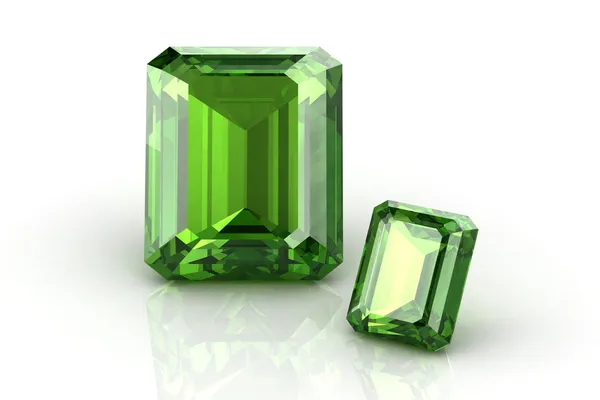
ANCIENT GREECE AND ROME
The ancient cultures of Greece and Rome also were known to admire the green hue of the peridot. In ancient times, Greek men and women believed that wearing peridot would bestow nobility onto the wearer. Both Greeks and Romans prescribed the peridot to the king of their gods: Zeus (for the Greeks) and Jupiter (for the Romans).
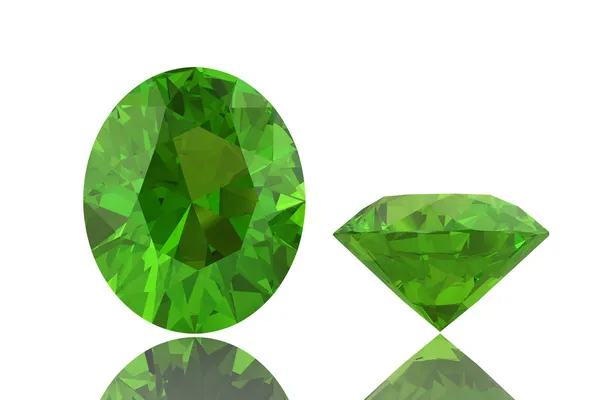
Ancient Hawaii
The Ancient Hawaiians believed that peridot was the tears of Pele, or the goddess of volcanoes. They also thought that it could ease pain and that it was a good luck charm against harm from enemies.
It is speculated that Pele is the real-life counterpart to the goddess Te Fiti in Disney's Moana. If this is the case, it makes sense that her heart in the film would be depicted as a glowing bright green stone...not unlike peridot.
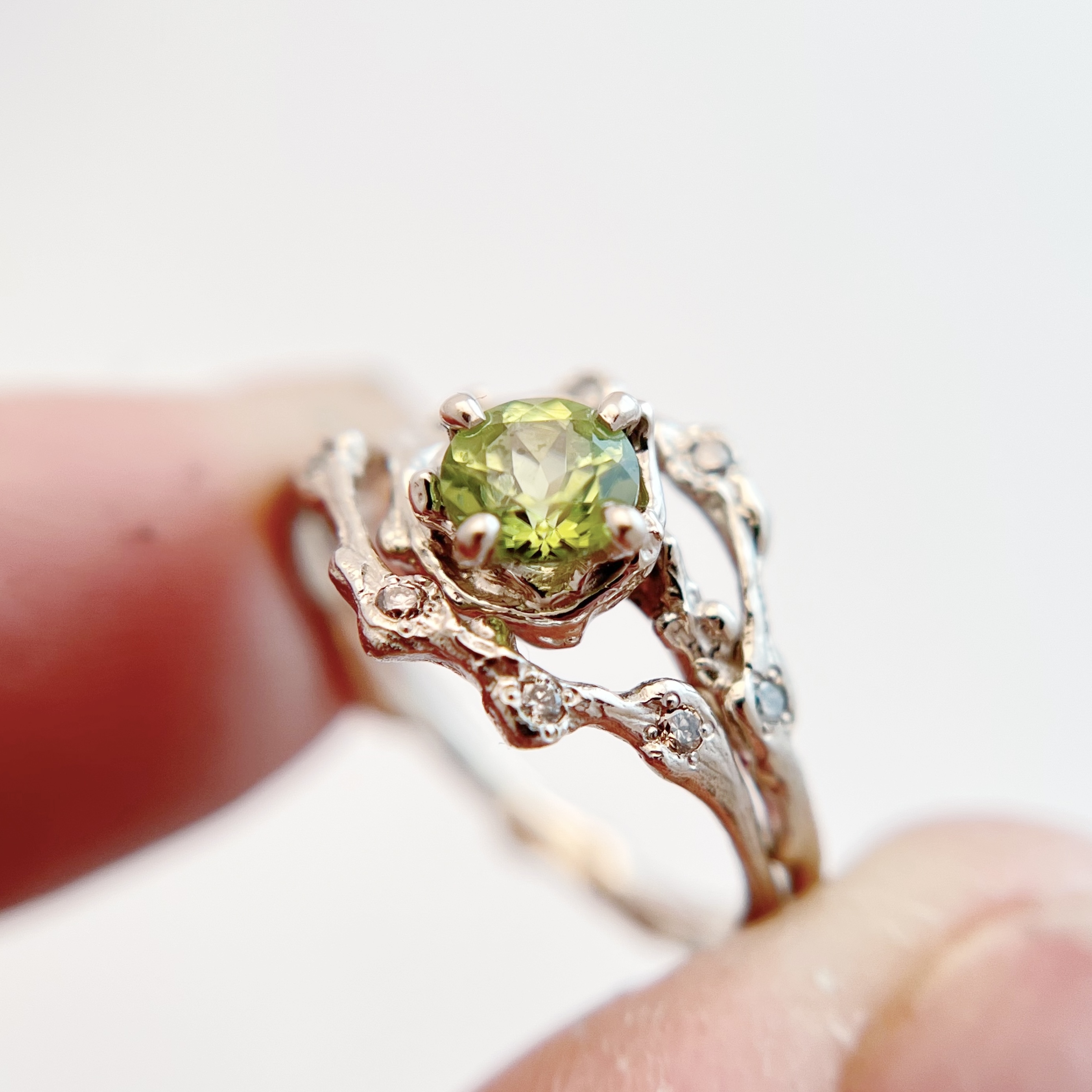
The Peridot Gemstone in the Middle Ages
Peridot was a popular gemstone during the middle ages. It was believed to be the stone of St. John and was thought to ward off evil spirits. It was also used as an amulet to protect against sadness and to keep away nightmares.
People in the Middle Ages believed that the peridot had positive healing properties. They would commonly call for peridot when seeking treatment for diseases of the eye and glaucoma.
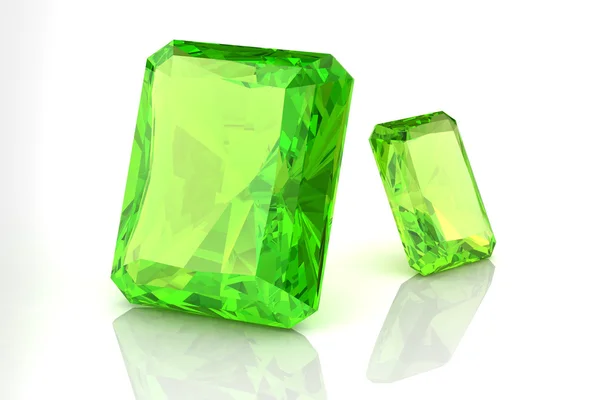
WHY ARE PERIDOT STONES THE BIRTHSTONE FOR AUGUST?
Although peridot gemstones are often considered the primary birthstone for the month of August, they are not the only ones or even the first. That honor goes to sardonyx, a green striped gemstone that was purported to provide protection to Egyptian soldiers who frequently wore it into battle.
Because peridot gemstones and sardonyx were often confused for the other the American Gem Trade Association and Jewelers of America decided to adopt the peridot as the second official birthstone of August which eventually eclipsed the sardonyx in popularity.
WHAT DOES A PERIDOT GEMSTONE LOOK LIKE?
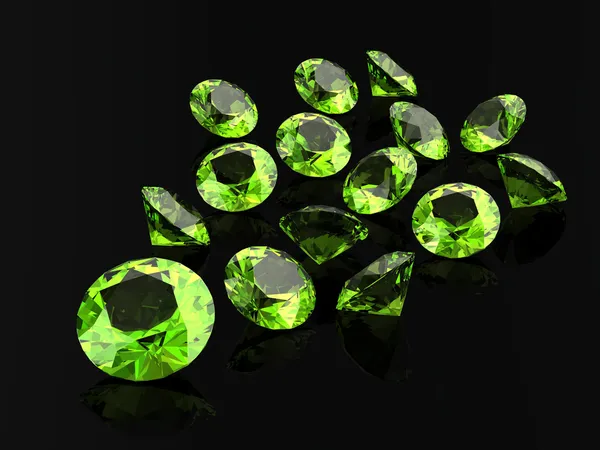
The peridot is one of only a few gemstones that come in one color only....the color green. In fact, peridot can range in various shades of green from yellow-green to yellow ish green, olive green, and brownish green. Pure green peridot is highly prized for its deeply saturated green color.
Peridots are generally eye-clean but can include small inclusions of tiny black spots called minute mineral crystals and disc-like fractures that appear almost as lily pads.
A GEM QUALITY CUT PERIDOT STONE VS. A ROUGH UNCUT PERIDOT STONE
One of the primary differences between rough peridot and cut peridot gemstones is the appearance of the color. As the rough stone has not undergone proper polishing its green color may seem more muted than the polished yellow-green to olive green sparkling hues.
While peridot is able to be cut into a variety of shapes and cuts brilliant cuts are the most common to utilize the mystical sparkle and shine of the peridot's potent healing crystals.
Finally, Cut peridot and rough peridot can differ particularly in size. Because much of the rough peridot is cut away to shape the final gemstone, cut peridot tends to be smaller than rough peridot gemstone.
WHAT ARE THE METAPHYSICAL PROPERTIES OF PERIDOT STONES?
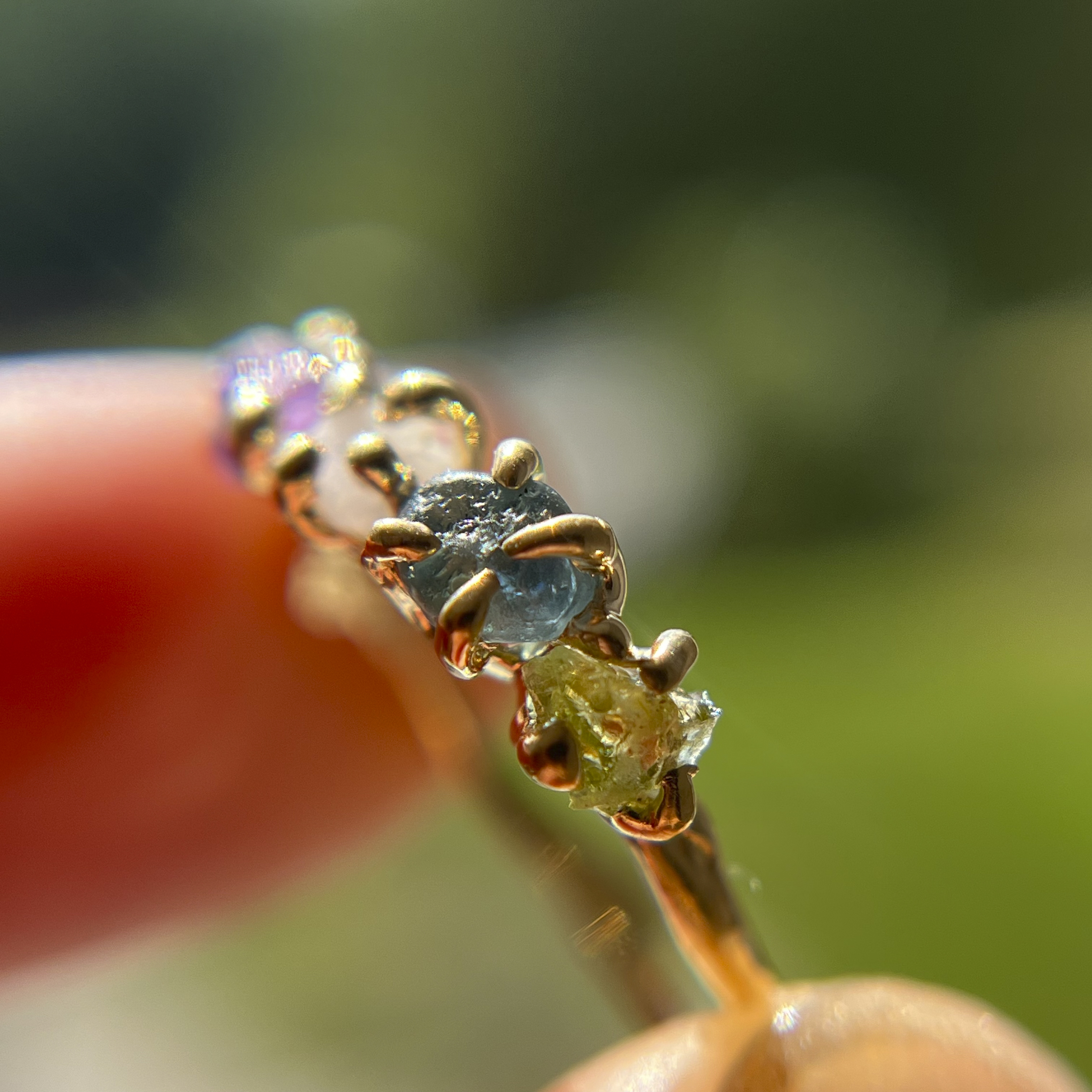
Peridot is an excellent stone to connect you with your emotional body by sharpening your focus and strengthening resiliency through a variety of various healing processes.
Peridot is connected to both the heart chakra and the solar plexus chakra and it is believed that holding peridot crystals will release blockage from your heart and solar plexus chakra to aid relationships and release negative emotions.
WEAR PERIDOT JEWELRY TO IMPROVE YOUR PHYSICAL BODY
In addition to helping you open and release your solar plexus chakra, peridot gemstones are believed to have the power to improve different physical bodies. Peridot healing properties can include detoxing your liver, regenerating cells and tissue, bringing strength to the adrenal system, and bringing down the temperature of a fever.
PERIDOT STRENGTHENS EMOTIONAL HEALING
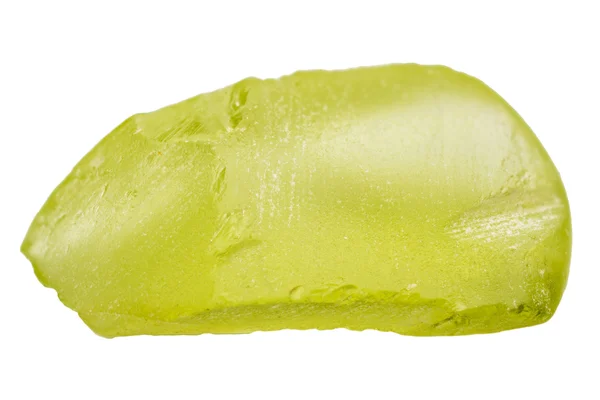
Wearing a peridot can also help stabilize your moods and allow you to set your ego aside to focus more mindfully on the present.
Who knew the secret to a great study session was simply wearing peridot jewelry? The mindfulness that peridot crystals provide can also be applied to help you center and focus on the tasks ahead of you.
WHAT DOES PERIDOT SYMBOLIZE?
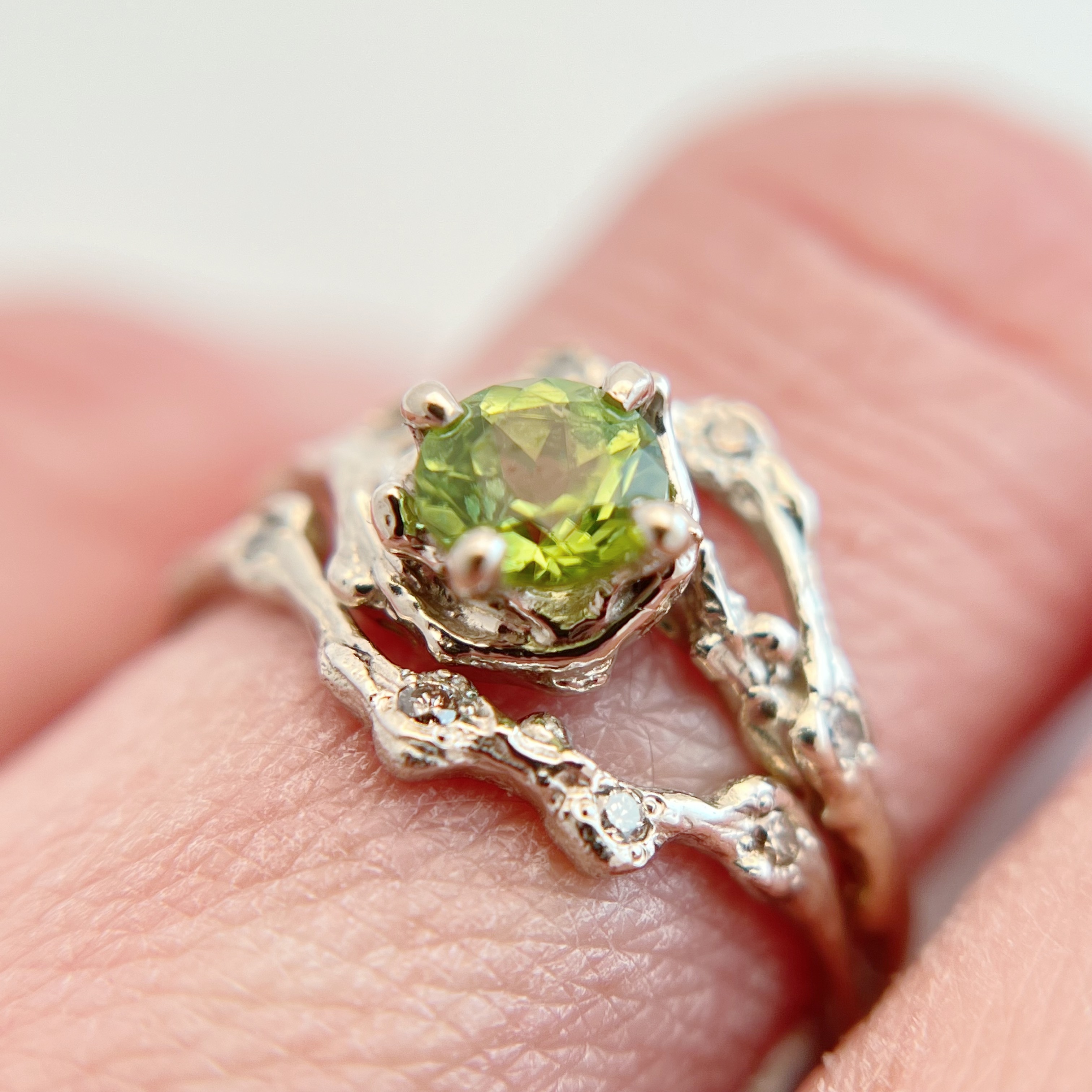
Peridot symbolizes good fortune, prosperity, emotional healing, and playfulness.
When you give someone peridot, it's like giving them an opportunity to start over—to release their fears and embrace their inner strength.
Peridot is the 16th-anniversary gift on many modern anniversary gift lists. When you gift a peridot on your 16th anniversary you are reminding your partner that your love is just as vibrant as the vitreous luster of the peridot.
FIND YOUR PERFECT PIECE OF PERIDOT
Whether you're drawn to peridot for its multiple healing properties, its symbolic meaning, or its stunning colors—there's a ring for you at Olivia Ewing Jewelry.
All of our jewelry is meticulously handcrafted from sustainable materials for a resulting ring that is as ethical as it is beautiful.
discover our peridot gemstone rings today
Meet the Author: Olivia Ewing


